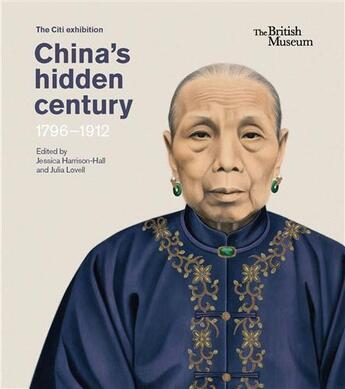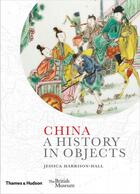Résumé:
Cultural creativity in China between 1796 and 1912 demonstrated extraordinary resilience in a time of warfare, land shortages, famine and uprisings. Innovation can be seen in material culture (including print, painting, calligraphy, textiles, fashion, jewellery, ceramics, lacquer, glass, arms... Voir plus
Cultural creativity in China between 1796 and 1912 demonstrated extraordinary resilience in a time of warfare, land shortages, famine and uprisings. Innovation can be seen in material culture (including print, painting, calligraphy, textiles, fashion, jewellery, ceramics, lacquer, glass, arms and armour, rugs, silver, money and photography) during a century in which China's art, literature, crafts and technology faced unprecedented exposure to global influences.
1796 - the official end of the reign of the Qianlong emperor - is viewed as the end of the 'high Qing' and the start of a period of protracted crisis. In 1912, the last emperor, Puyi, abdicated after the revolution of 1911, bringing to an end some 2,000 years of dynastic rule and making way for the republic.
Until recently the 19th century in China has been defined as an era of cultural stagnation. Built on new research, this book sets out a fresh understanding of this important era and creates a detailed visual account of responses to war, technology, urbanisation, political transformations and external influences. The narratives of each chapter are brought to life and individualised through illustrated biographical accounts that highlight the diversity of voices and experiences contributing to this fascinating, turbulent period in Chinese history.















